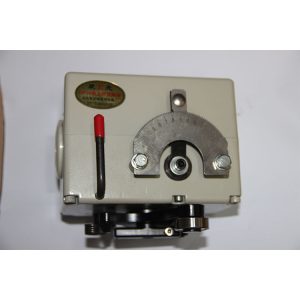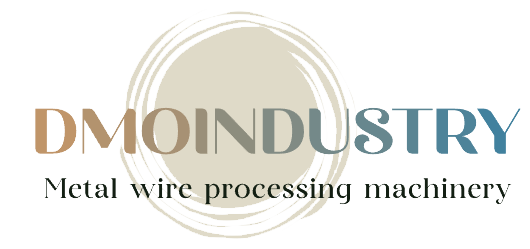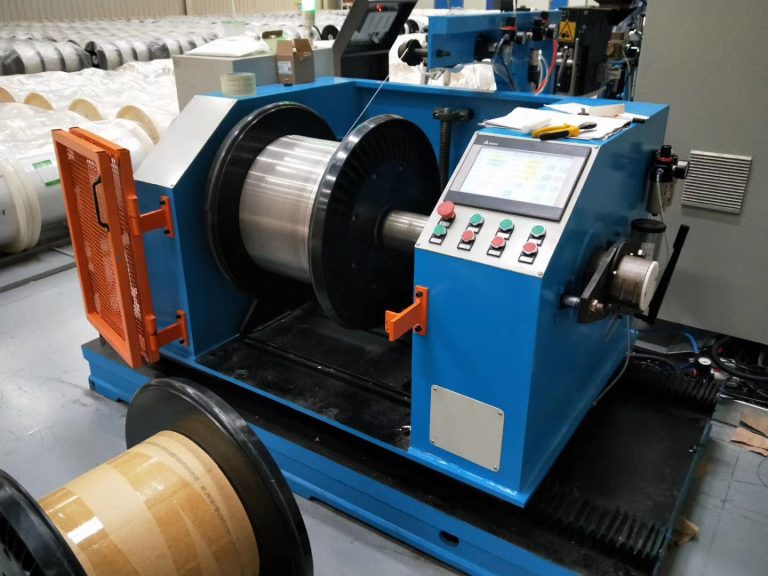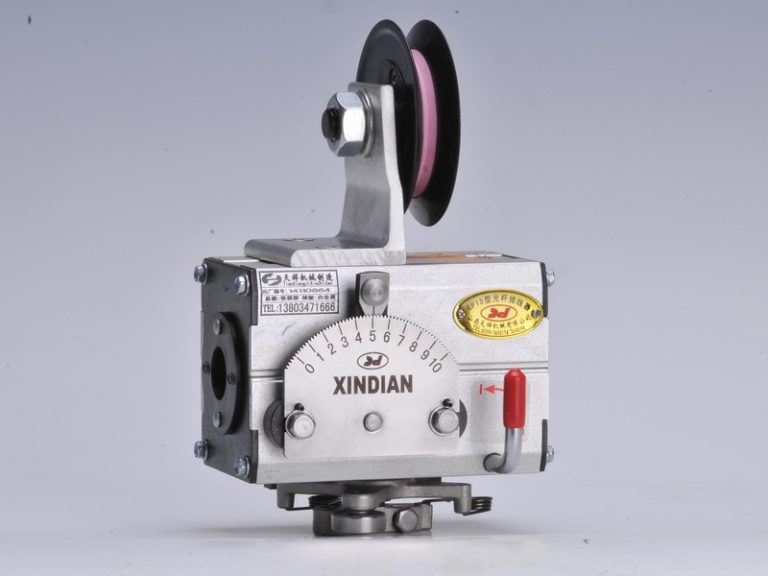Table of Contents
Advantages of Using Linear Drives in Industrial Automation
Linear drives are a crucial component in industrial automation, providing precise and efficient motion control for a wide range of applications. These drives offer numerous advantages that make them a popular choice for manufacturers looking to improve productivity and accuracy in their operations.
One of the key advantages of using linear drives in industrial automation is their ability to provide high levels of precision. Linear drives are capable of moving loads with incredible accuracy, making them ideal for applications that require precise positioning and control. This precision is essential in industries such as semiconductor manufacturing, where even the smallest deviation can result in costly errors.

In addition to precision, linear drives also offer excellent repeatability. This means that once a motion profile is programmed, the drive can reliably repeat the same movement over and over again with minimal variation. This is particularly important in applications where consistency is critical, such as in assembly lines or testing equipment.
Another advantage of linear drives is their ability to provide high speeds and accelerations. Linear drives can move loads at impressive speeds, allowing for faster cycle times and increased productivity. Additionally, their ability to accelerate quickly means that they can respond rapidly to changing conditions, making them well-suited for dynamic applications.
Linear drives are also known for their versatility. They can be easily integrated into a wide range of automation systems, making them suitable for a variety of applications. Whether used in conjunction with robots, conveyors, or other machinery, linear drives can help improve the efficiency and flexibility of industrial processes.
Furthermore, linear drives are highly reliable and require minimal maintenance. With fewer moving parts than other types of drives, linear drives are less prone to wear and tear, resulting in reduced downtime and lower maintenance costs. This reliability is essential in industrial settings where any disruption to production can have significant financial implications.
Additionally, linear drives are energy-efficient, helping to reduce operating costs and environmental impact. By using energy more efficiently, linear drives can help companies save money on electricity bills and reduce their carbon footprint. This is particularly important as businesses increasingly focus on sustainability and reducing their environmental impact.
Overall, the advantages of using linear drives in industrial automation are clear. From their precision and repeatability to their speed and versatility, linear drives offer a range of benefits that can help companies improve their productivity, efficiency, and competitiveness. With their reliability, low maintenance requirements, and energy efficiency, linear drives are a smart choice for manufacturers looking to optimize their automation systems and stay ahead in today’s fast-paced industrial landscape.

How Linear Drives Improve Precision and Efficiency in Manufacturing Processes
Linear drives are a crucial component in many manufacturing processes, providing the precision and efficiency needed to produce high-quality products. These drives are used to move tools, parts, and materials in a straight line, allowing for accurate positioning and control. By incorporating linear drives into their operations, manufacturers can improve productivity, reduce waste, and enhance overall product quality.
One of the key benefits of linear drives is their ability to provide precise positioning. Unlike traditional mechanical systems, which rely on belts, chains, or gears to move components, linear drives use electric motors to drive a linear motion. This allows for more accurate control over the speed and position of the drive, resulting in greater precision in manufacturing processes. With linear drives, manufacturers can achieve tight tolerances and consistent results, leading to higher-quality products and reduced scrap rates.
In addition to precision, linear drives also offer improved efficiency in manufacturing processes. By eliminating the need for complex mechanical systems, linear drives can reduce maintenance requirements and downtime, leading to increased productivity and lower operating costs. Linear drives are also more energy-efficient than traditional systems, as they can be programmed to operate at optimal speeds and accelerations, reducing waste and improving overall efficiency.Another advantage of linear drives is their versatility. These drives can be easily integrated into a wide range of manufacturing applications, from simple pick-and-place operations to complex assembly processes. With the ability to control multiple axes of motion simultaneously, linear drives can handle a variety of tasks with speed and accuracy. This flexibility allows manufacturers to adapt their processes quickly and efficiently, making it easier to respond to changing market demands and customer requirements.
Furthermore, linear drives are highly reliable and durable, making them ideal for use in demanding manufacturing environments. With minimal moving parts and a simple design, linear drives are less prone to wear and tear than traditional mechanical systems, resulting in longer service life and reduced maintenance costs. This reliability ensures that manufacturers can depend on their linear drives to perform consistently and accurately, even in the most challenging conditions.
Overall, linear drives play a crucial role in improving precision and efficiency in manufacturing processes. By providing precise positioning, improved efficiency, versatility, and reliability, these drives help manufacturers produce high-quality products with minimal waste and downtime. As technology continues to advance, the use of linear drives is expected to grow, enabling manufacturers to achieve even greater levels of productivity and quality in their operations. With their many benefits, it’s clear that linear drives are a valuable tool for manufacturers looking to stay competitive in today’s fast-paced manufacturing industry.
The Future of Linear Drives in Robotics and Automotive Industries

Linear drives are a crucial component in the robotics and automotive industries, providing the necessary motion and precision for various applications. As technology continues to advance, the demand for more efficient and reliable linear drives is on the rise. In this article, we will explore the future of linear drives in these industries and how they are shaping the way we design and build machines.
One of the key trends in the development of linear drives is the integration of smart technology. With the advent of Industry 4.0, linear drives are becoming more intelligent and interconnected, allowing for real-time monitoring and control. This not only improves the performance and efficiency of machines but also enables predictive maintenance, reducing downtime and costs.
Another important aspect of the future of linear drives is their adaptability and flexibility. As industries evolve and new applications emerge, the need for linear drives that can easily be customized and reconfigured is becoming increasingly important. Manufacturers are now developing modular linear drives that can be easily integrated into different systems, allowing for quick and cost-effective upgrades.
Furthermore, the demand for linear drives with higher precision and accuracy is driving innovation in the industry. With the increasing complexity of tasks performed by robots and vehicles, the need for linear drives that can deliver precise and repeatable motion is paramount. Manufacturers are now developing linear drives with advanced control algorithms and feedback systems to ensure the highest level of accuracy.
In addition to precision, the future of linear drives also lies in their energy efficiency. With sustainability becoming a top priority for industries worldwide, there is a growing demand for linear drives that can operate with minimal energy consumption. Manufacturers are now focusing on developing linear drives with low friction components and energy-efficient motors to reduce power consumption and environmental impact.
Moreover, the integration of linear drives with other technologies such as artificial intelligence and machine learning is opening up new possibilities for the industry. By combining linear drives with AI algorithms, machines can now learn and adapt to changing conditions, improving their performance and efficiency over time. This not only enhances the capabilities of robots and vehicles but also paves the way for new applications and innovations.
Overall, the future of linear drives in the robotics and automotive industries is bright, with advancements in smart technology, adaptability, precision, energy efficiency, and integration with other technologies driving innovation in the industry. As industries continue to evolve and demand more from their machines, the role of linear drives will only become more critical in shaping the way we design and build machines. With continuous research and development, we can expect to see even more groundbreaking advancements in linear drive technology in the years to come.






